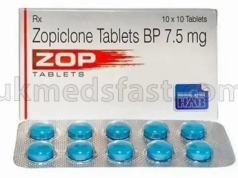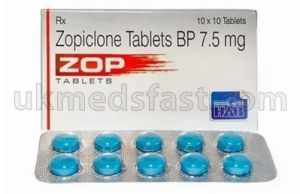An ingrown toenail appears as a circular, blotchy rash on the nail’s side. The inside edge of your big toe is the most common difficult place for an ingrown toenail however it can occur on either side of the nail.
Both painful and non-painful, an ingrown toenail has the potential to infect and produce excruciating pain in the big toe. Additionally, if an infection develops or is not treated, it may end up draining.
The common misconception that an ingrown toenail hurts is unfounded because the patient may only experience little discomfort just before the infection sets in and causes true agony.
Most ingrown toenails have a curved shape before they experience pain or become infected because the nail root is usually under the skin.
The main causes of infected ingrown toenails are:
- Improperly trimmed toenails
- Picking at infected toenails.
Ingrown toenails can also be caused by:
- Trauma
- Injury
- Treading on toenails
- Dropping nails
- Wearing the wrong shoes
- Playing soccer
- In rare instances, a fungal infection.
You must have tried nearly all of the over-the-counter remedies on the market, but none of them seem to be able to remove the toenail fungus. It might be upsetting and embarrassing when home remedies don’t work, but it does not have to last.
A contemporary and secure treatment option to get rid of and stop fungus problems in the future is laser fungus removal. Here, we will talk about the effectiveness of ingrown toenail laser treatment for treating and preventing toenail fungus as well as the next stages.
We encourage you to seek a professional diagnosis from your primary care physician or your podiatrist if you suspect you have toenail fungus.
Following a thorough examination, the podiatrists will make treatment recommendations for you depending on your condition, way of life, and general health.
Advantages of laser treatment for ingrown toenail
A single treatment of a laser ingrown toenail is all that is necessary to successfully treat an ingrown toenail, and success rates are nearly 100%. Additionally, it is more effective than all other forms of treatment.
The following are a few advantages to go for laser treatment for your ingrown toenails:
- Less bleeding, also in severe cases.
- Laser treatment reduces any post-operative pain and discomfort.
- Recovery time will be much faster than any conventional treatment and one can return to normal activity after a single day.
- Particularly efficient in cases that are severe and with diabetics.
- More esthetic surgical results.
- Treatment will be once and for all and no need for repeated or any ongoing treatment.
- Quick, the outpatient procedure can be performed under local anesthetic that may last just 45 to 60 minutes.
- With this treatment, a normal-looking nail will remain after healing.
- Offers total pain relief.
How effective is laser nail fungus treatment?
Before you are going to schedule your appointment, your obvious first question will be, “is ingrown toenail laser treatment effective?”
The effectiveness of this treatment has been supported by clinical research, and the FDA (Food and Drug Administration) has given the go-ahead for toenail laser treatments. Based on the various results obtained after clinical trials, laser treatment for nail fungus was found to be successful.
In 2016 FDA research, it was discovered that patients who had laser foot therapy had clear nails within 3 to 6 months after the procedure.
According to a 2019 study by the American Association of Family Physicians that was published in the journal American Family Physician, patients who had 180 days of such toenail fungus laser treatment had a 30% rate of cure and a 91% improvement in symptoms.
The AAFP study also found that laser treatment is superior to both over-the-counter and other prescription topical and oral antifungal medicines for the eradication of fungi.
The laser treatment effectiveness of for fungus elimination was studied and its findings were published in the Lasers journal in 2018. According to these researchers, 83.7% of the patients who had infections that impacted at least two-thirds of the nail experienced success.
A damaged ingrown toenail can be extracted or sliced. However, laser treatment is much more effective and doesn’t subject the patient to permanent harm.
After receiving regular therapy, the ingrown toenail could come back, causing more discomfort and aggravation. Contrarily, laser therapy permanently solves the issue.
An excellent alternative that is more effective and almost painless is CO2 laser treatment for ingrown toenails. It cures the foot and offers an aesthetic remedy, but more importantly, it permanently stops the ingrown toenail from happening again.









